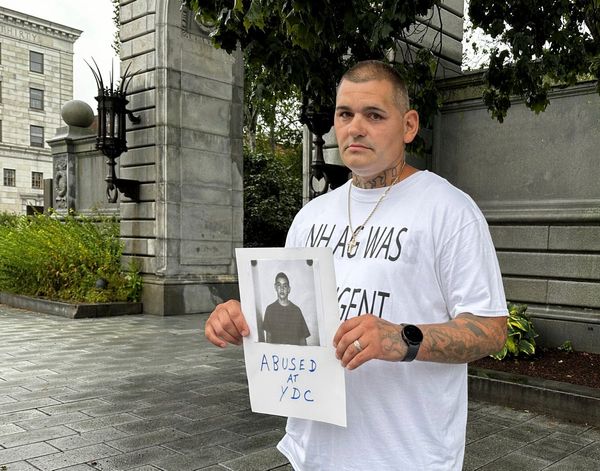
The impacts on female employment of the government’s revamped stage three tax cuts continue to attract less debate than notionally more glamorous subjects such as the push for more “tax reform”. That’s of a piece with how the ongoing and significant feminisation of the workforce is routinely overlooked by the media and politicians.
By now it’s an old story for Crikey readers, but it just keeps happening: the rise and rise and rise, and rise, of caring services in the economy. According to the most recent Australian Bureau of Statistics quarterly workforce data, health and social care employment reached a record 2.23 million workers (seasonally adjusted, but the original numbers are virtually the same) in the three months to November 2023. That was a stonking 3.9% growth in one quarter alone, as part of 7.7% growth over the 12 months to November, and 33% — one third, no typo — in the past five years. The entire Australian workforce has grown only 12.6% in that time.
It means 15.6% of Australians in work are in that sector. The time when one in six workers is in the sector isn’t far off. And more than three-quarters of them are female. The bulk of the additional jobs in recent years also went to women, meaning the sector slightly increased its level of feminisation to over 78%.
But it’s a diverse sector: health and hospitals make up about 1.28 million people (76% female) which by itself would be the fourth-biggest sector of the workforce; residential care (81% female) employs around 230,000; social care — home care and childcare — 720,000 workers, 77% of whom are female (there’s been a recent sample-derived problem with the balance in the ABS numbers between residential care and social care, but that appears to be working itself out as the quarters tick by).
The other female-dominated sector is education and training, where around 72% of workers are female. That hasn’t grown at the same rate as health and caring — it grew at “only” 5% through 2023 and now employs more than 1.2 million people. It’s grown 16% in the past five years.
This strong growth in female-dominated professions isn’t smooth, but it is reliable, and it’s why the proportion of women in the workforce was below 47% five years ago but is now 47.6%. The change sounds small but it’s a shift measured in the many hundreds of thousands of jobs. A decade ago the figure was below 46%, 20 years ago below 45%.
The growth in health and caring and education has particularly accelerated over the decade-plus, as this graph of the number of jobs in those sectors versus total employment shows.

By mid-2025, fully one-quarter of all jobs in the Australian economy is likely to be in health, caring or education. And funnily enough, those jobs dominate the occupations that will see the biggest benefits from Labor’s changes to stage three.
The reason for reciting all these figures is to hammer home just how steadily and massively the workforce is changing, and why so much of the economic debate is really about an economy that hasn’t existed for years, if not decades.
What passes for the “productivity debate” barely addresses that the very concept of productivity in education, health and caring is at odds with traditional labour productivity measures. And industry policy is relentlessly focused on manufacturing and trying to re-establish a long-gone past when Australia made trains, or a future in which we make nuclear submarines, and pump out lithium batteries because we want to be a “renewable energy superpower”.
Caring and education services rarely feature in these utopian economic dreams. They crop up more in debate as problems to be solved, not exciting new (old) frontiers for investment — the NDIS is blowing out, there’s not enough access to health services, our educational standards are falling because of poor curriculums/lefty teachers/the woke agenda/not enough employer involvement, public sector pay rises are a disaster for the budget — and so on.
Economic debate in Australia — mostly conducted by male economists and commentators (and white male economists and commentators, like me), who tend to carry far less of the caring burden in households than women — is out of tune with the economic reality of the workforce. It’s one reason why we desperately need more female economists and commentators.







